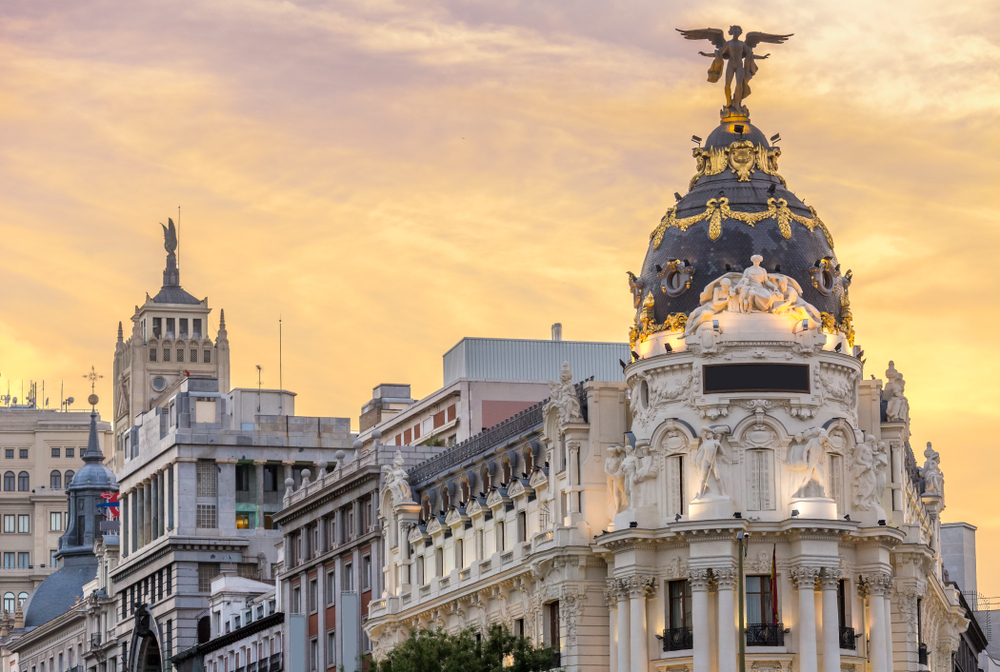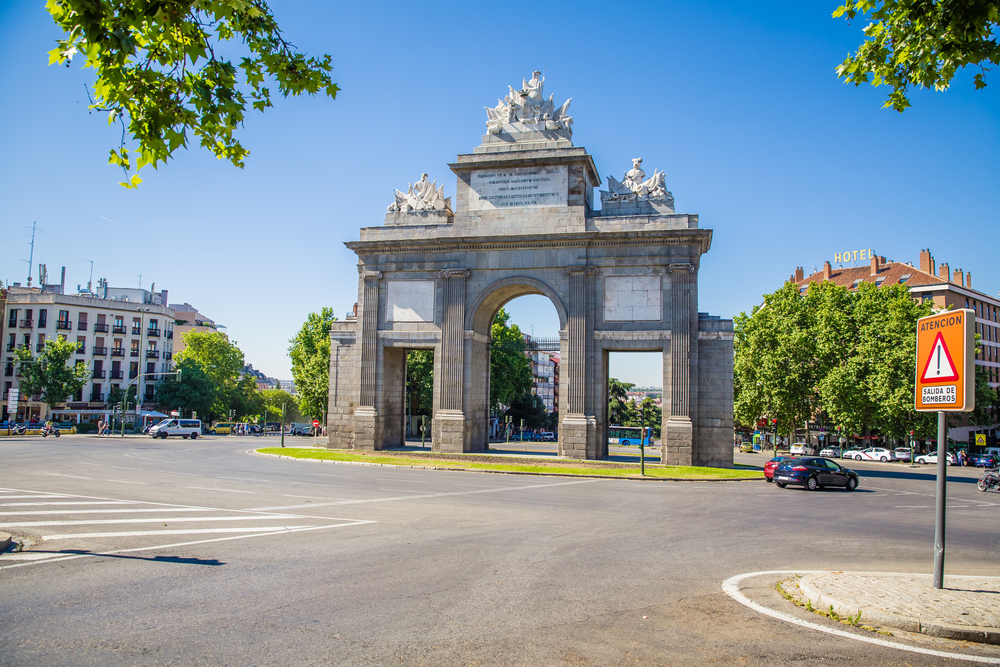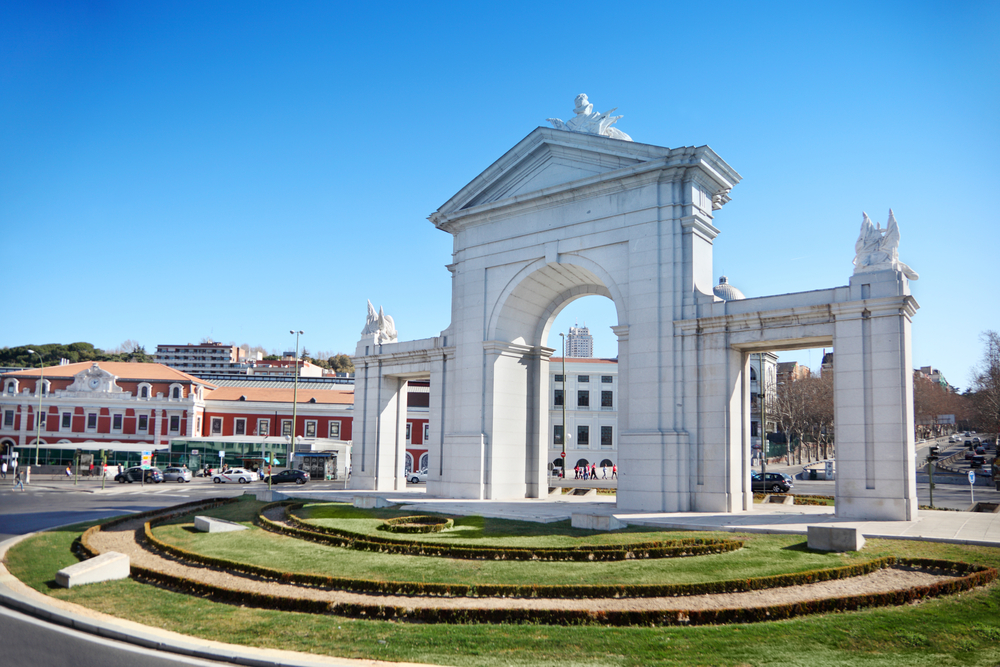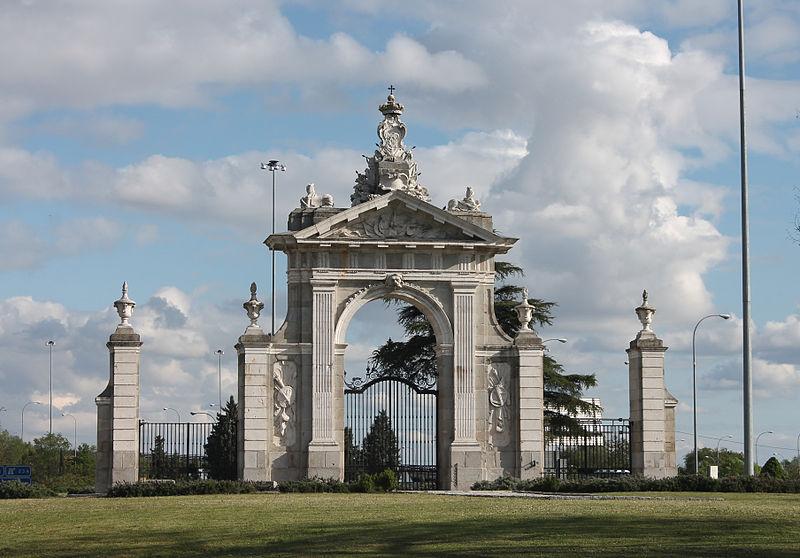
When tourists arrive in our city they are fascinated by many architectural elements found in our streets. But if there is something that really fascinates are the so-called doors of Madrid.
They are not all they are, but they are all they are. Today we bring you 5 of the best known doors in Madrid. Can you come with us?
- The best known, without a doubt, is the Puerta de Alcalá. It was built in 1778 and designed by Francisco Sabatini in honor of Carlos III as king of Spain. The Puerta de Alcalá appears on many postcards, as it is one of the emblems of Madrid. It is located between the Retiro Park and the Plaza de Cibeles.
- The Toledo Gate. It was dedicated to Fernando VII and Spanish independence after the confrontation with the French occupation in the 19th century and was designed by Spanish architect Antonio Aguado. Currently, the Puerta de Toledo is considered a monument of the city. The restorations carried out by the Madrid City Council in 1995 allowed it to recover part of the original appearance.

- San Vicente Gate. In 1726, the Marquis de Vadillo commissioned Pedro de Ribeira to build a monumental gate near the city in order to replace an earlier gate, in a dilapidated state, called “del Parque”. The new door that Ribeira had built was exhibited as an ornament to a statue of St. Vincent, giving rise to the origin of the name. In 1770 the door was demolished to reorder the area that gave way to the Royal Palace, after having been rebuilt after the fire that swept the old fortress. Francisco Sabatini, the one who designed the Puerta de Alcalá and who was responsible for completing the works of the Royal Palace, was in charge of lifting the Puerta de San Vicente again, placing it closer to the river. In 1892 it was dismantled, and some of its pieces were used to adorn the Plaza de Cibeles. In 1995, the Saint Vincent Gate was resurfaced: Sabatini plans and a photograph taken by Jean Laurent were used shortly before his death.
- Iron door. It was built during the reign of Ferdinand VI, in 1751. The Iron Gate constituted access to a restricted area where King Ferdinand VI went to hunt. This space was delimited by a fence of stone, brick and barbed wire, of which some remains are still preserved today. In this perimeter, in which several real properties are counted, several populations grew, such as El Pardo and Mingorrubio. This door, unlike the others, is separated from the metropolis, but near the palace known as Quinta de Goya, where the famous painter had his workshop installed. In fact, it is located at a crossroads of roads, which caused, during one of the last extensions carried out on the Carretera de La Coruña, that it had to be disassembled piece by piece to move it a few meters away from its traditional location.
- The Gate of Philip IV. It is one of the most emblematic accesses of the Retiro Park. It was built in 1680 and designed by the architect Melchor de Bueras to commemorate the entrance of Queen Maria Luisa de Orleans, the first wife of Carlos II. However, Melchor de Bueras had another objective in mind with his project: to serve as a closure to the Real Buen Retiro Site. The Gate of Philip IV was moved twice: the first, during the reign of Isabel II, and the second, in 1992, the year in which it was returned to the Gardens of Buen Retiro, curiously, just as Melchor de Good.






